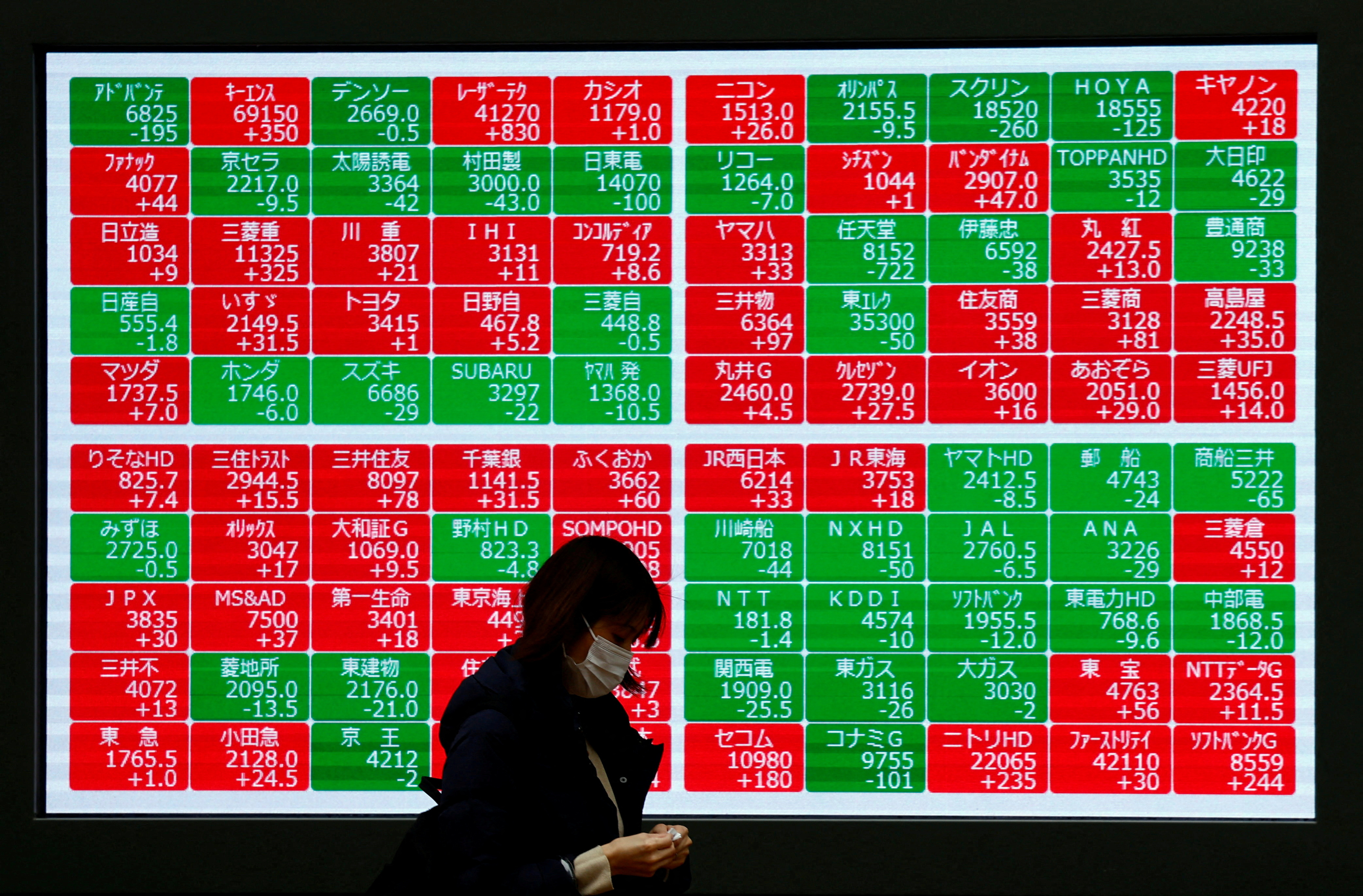
Report on the Universal Declaration of Human Rights and Related International Covenants with Emphasis on Sustainable Development Goals (SDGs)
Introduction to the Universal Declaration of Human Rights (UDHR)
The Universal Declaration of Human Rights (UDHR) was unanimously adopted by the United Nations General Assembly on December 10, 1948. It establishes a comprehensive catalogue of fundamental political, civil, economic, social, and cultural rights. These rights include:
- Equality before the law
- Protection against arbitrary arrest
- Right to a fair trial
- Freedom from ex post facto criminal laws
- Right to own property
- Freedom of thought, conscience, and religion
- Freedom of opinion and expression
- Freedom of peaceful assembly and association
- Right to work and to form and join trade unions
- Right to rest and leisure
- Right to a standard of living adequate for health and well-being
- Right to education
These rights align closely with several Sustainable Development Goals (SDGs), including SDG 1 (No Poverty), SDG 3 (Good Health and Well-being), SDG 4 (Quality Education), SDG 5 (Gender Equality), SDG 8 (Decent Work and Economic Growth), and SDG 16 (Peace, Justice, and Strong Institutions).
Legal Status and Impact of the UDHR
- The UDHR is not a treaty but serves as a common standard of achievement for all peoples and nations.
- Despite its non-binding nature, many provisions have acquired significant juridical importance and are used by national courts to assess compliance with human rights obligations under the UN Charter.
- The UDHR forms a foundational part of the International Bill of Human Rights.
International Covenant on Economic, Social and Cultural Rights (ICESCR)
The ICESCR, opened for signature on December 16, 1966, and effective from January 3, 1976, elaborates on the economic, social, and cultural rights outlined in the UDHR. Key rights include:
- Right to work
- Right to form and join trade unions
- Right to health
- Right to education
The covenant emphasizes progressive realization of these rights, subject to the maximum available resources of state parties, with immediate prohibition of discrimination based on race, color, sex, language, religion, political opinion, national or social origin, property, birth, or other status.
State parties are required to report to the UN Economic and Social Council on progress made, supporting transparency and accountability aligned with SDG 16 (Peace, Justice, and Strong Institutions) and SDG 10 (Reduced Inequalities).
In 2008, an Optional Protocol established an individual complaints mechanism via the Committee on Economic, Social and Cultural Rights, enhancing enforcement and protection mechanisms.
International Covenant on Civil and Political Rights (ICCPR)
The ICCPR, effective from March 23, 1976, complements the ICESCR by elaborating on civil and political rights, including:
- Right to nondiscrimination
- Right of all peoples to self-determination
- Rights of ethnic, religious, and linguistic minorities to enjoy their culture, religion, and language
The covenant excludes certain rights such as the right to own property and asylum but serves to interpret and expand upon the UDHR.
The ICCPR established a Human Rights Committee to monitor state compliance and address violations, including mechanisms for individual complaints under its First Optional Protocol, reinforcing SDG 16.
Additionally, the Second Optional Protocol aims at abolishing the death penalty worldwide, reflecting commitments to SDG 16 targets on justice and human rights.
Other UN Human Rights Conventions and Declarations
Beyond the UDHR and the two main covenants, numerous other treaties address a wide array of human rights concerns, including:
- 1965 International Convention on the Elimination of All Forms of Racial Discrimination
- 1979 Convention on the Elimination of All Forms of Discrimination against Women
- 2002 Optional Protocol to the Convention against Torture
- 2006 Convention on the Rights of Persons with Disabilities
These instruments contribute to advancing multiple SDGs such as SDG 5 (Gender Equality), SDG 10 (Reduced Inequalities), and SDG 3 (Good Health and Well-being).
The Office of the High Commissioner for Human Rights (OHCHR) also recognizes various non-binding declarations and guidelines that, while not legally enforceable, establish important principles and expectations in international human rights law.
Examples include the Declaration on the Granting of Independence to Colonial Countries and Peoples (1960) and the Declaration on Principles of International Law Concerning Friendly Relations and Co-operation among States (1970), which emphasize state duties to refrain from terrorism and uphold peaceful cooperation, supporting SDG 16.
Conclusion
The Universal Declaration of Human Rights and its related international covenants form the cornerstone of global human rights protection and are closely linked to the achievement of the United Nations Sustainable Development Goals. Through legally binding treaties, monitoring mechanisms, and supplementary declarations, these instruments promote dignity, equality, justice, and peace worldwide, directly contributing to SDGs 1, 3, 4, 5, 8, 10, and 16. Continued international cooperation and compliance with these human rights frameworks are essential for sustainable development and the realization of a just and equitable global society.
1. Sustainable Development Goals (SDGs) Addressed or Connected to the Issues Highlighted in the Article
- SDG 3: Good Health and Well-being
- The article discusses the right to health as part of the International Covenant on Economic, Social and Cultural Rights (ICESCR).
- SDG 4: Quality Education
- The right to education is explicitly mentioned in the Universal Declaration of Human Rights (UDHR) and ICESCR.
- SDG 5: Gender Equality
- The article references the Convention on the Elimination of All Forms of Discrimination against Women (CEDAW).
- SDG 10: Reduced Inequalities
- Prohibition of discrimination on grounds of race, colour, sex, language, religion, political opinion, national or social origin, property, birth or other status is emphasized.
- Rights of minorities and indigenous peoples are also highlighted.
- SDG 16: Peace, Justice and Strong Institutions
- The article discusses civil and political rights, including the right to a fair trial, freedom from arbitrary arrest, and the establishment of human rights committees and mechanisms for complaints.
- It also mentions the abolition of the death penalty.
2. Specific Targets Under Those SDGs Identified Based on the Article’s Content
- SDG 3: Good Health and Well-being
- Target 3.8: Achieve universal health coverage, including access to quality essential health-care services.
- SDG 4: Quality Education
- Target 4.1: Ensure that all girls and boys complete free, equitable and quality primary and secondary education.
- Target 4.5: Eliminate gender disparities and ensure equal access to all levels of education.
- SDG 5: Gender Equality
- Target 5.1: End all forms of discrimination against all women and girls everywhere.
- SDG 10: Reduced Inequalities
- Target 10.3: Ensure equal opportunity and reduce inequalities of outcome, including by eliminating discriminatory laws and policies.
- SDG 16: Peace, Justice and Strong Institutions
- Target 16.3: Promote the rule of law at the national and international levels and ensure equal access to justice for all.
- Target 16.10: Ensure public access to information and protect fundamental freedoms, in accordance with national legislation and international agreements.
- Target 16.1: Significantly reduce all forms of violence and related death rates everywhere (linked to abolition of the death penalty).
3. Indicators Mentioned or Implied in the Article to Measure Progress Towards the Identified Targets
- Reporting and Monitoring by State Parties
- States are obliged to report to the UN Economic and Social Council on steps taken and progress made in realizing economic, social, and cultural rights (ICESCR).
- Human Rights Committees review reports submitted by state parties on measures adopted to implement rights recognized in the covenants.
- Individual Complaints Mechanisms
- Mechanisms such as the Human Rights Committee and the Committee on Economic, Social and Cultural Rights receive and consider individual complaints about violations, providing a quasi-judicial measure of compliance.
- Prohibition of Discrimination
- Indicators related to the elimination of discrimination on various grounds (race, sex, religion, etc.) can be inferred as measures of progress.
- Abolition of Death Penalty
- Ratification and implementation of the Second Optional Protocol to the ICCPR aimed at abolishing the death penalty serve as indicators of progress.
4. Table of SDGs, Targets, and Indicators Identified in the Article
| SDGs | Targets | Indicators |
|---|---|---|
| SDG 3: Good Health and Well-being | Target 3.8: Achieve universal health coverage, including access to quality essential health-care services. | State reporting to UN Economic and Social Council on right to health implementation. |
| SDG 4: Quality Education |
|
State reporting on education rights; monitoring by Human Rights Committees. |
| SDG 5: Gender Equality | Target 5.1: End all forms of discrimination against women and girls. | Ratification and implementation of CEDAW; complaints mechanisms addressing discrimination. |
| SDG 10: Reduced Inequalities | Target 10.3: Eliminate discriminatory laws and policies. | Monitoring of discrimination prohibitions; reports to UN bodies; individual complaints. |
| SDG 16: Peace, Justice and Strong Institutions |
|
|
Source: britannica.com







